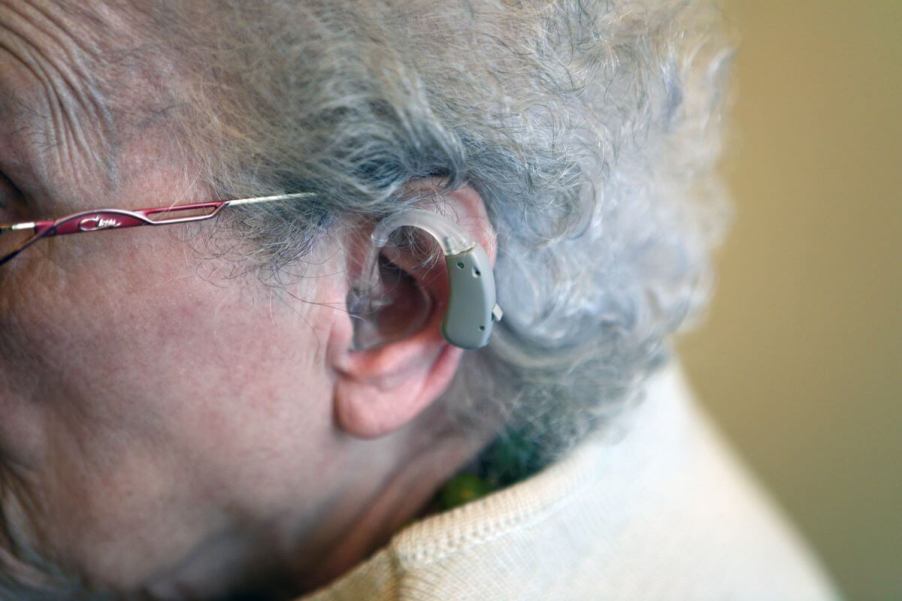
Can You Drive if You’re Legally Deaf?
In the world of driving, countless laws and regulations are designed to ensure the safety of everyone on the road. These laws cover not only drivers’ actions but also their physical and mental conditions. So, when it comes to individuals who are legally deaf, one might wonder: is it safe and legal for them to operate a motor vehicle? And if it is, what technologies and resources do they use to ensure proper awareness when behind the wheel?
Challenges faced by deaf drivers
Deaf drivers face unique challenges while navigating the roads. They can’t rely on auditory cues such as sirens, horns, or honking to alert them to potential hazards. They also might have difficulty hearing if their vehicle is making unusual noises, which can be crucial for early detection of mechanical issues. However, despite these challenges, it’s important to note that being deaf does not automatically disqualify someone from driving legally, according to San Diego Magazine.
Enhanced visual awareness
Many deaf drivers compensate for their hearing impairment with enhanced visual awareness. They tend to have exceptional peripheral vision, as they rely more on sight to gather information about their surroundings. This heightened visual awareness can make them highly attentive drivers, making them more attuned to visual cues and signs on the road.
Technological solutions for deaf drivers
Modern vehicles are equipped with various features and technologies that cater to the needs of drivers with hearing impairments. For example, some cars are designed with visual warning systems that use flashing lights to alert drivers to sirens, emergency vehicles, or approaching hazards. These systems bridge the gap between auditory warnings and visual indicators, ensuring that deaf drivers can stay informed while on the road.
Handicapped parking eligibility
While being deaf doesn’t automatically qualify someone for a handicapped parking permit, these permits are typically reserved for individuals with mobility impairments that significantly hinder their ability to walk or move, according to The Zebra. However, it’s important to remember that laws and regulations regarding handicapped parking can vary from one jurisdiction to another, so you’ll want to check local regulations for specific eligibility criteria.
Additional measures for deaf drivers
In addition to relying on their natural visual abilities and the technology integrated into their vehicles, deaf drivers can take other measures to enhance their safety and awareness on the road. Here are some valuable tips and tools:
- Regular Vision Check: Deaf drivers should ensure their eyes are healthy and their vision is up to par. Regular eye exams can detect any issues affecting their ability to drive safely.
- Visual Cues: Look for technologies that use visual cues like vibration and flashing lights to provide alerts or warnings. These can be installed as aftermarket accessories or may come with specific vehicle models.
- Up-to-date Hearing Aids: If applicable to their condition, deaf individuals should keep their hearing aids up to date. These devices may not fully restore hearing, but they can provide some auditory input that could be beneficial.
- Defensive Driving: Hearing-impaired drivers should practice defensive driving techniques, which include being extra vigilant, maintaining a safe following distance, and regularly checking mirrors and blind spots.
Navigating the road safely as a deaf driver
Being legally deaf does not prohibit someone from driving, and many deaf individuals are safe and responsible drivers who use their heightened visual awareness to their advantage. Modern vehicles and technology have enabled individuals with hearing impairments to navigate the road safely. While they may face unique challenges, deaf drivers can take steps to enhance their safety and awareness, ensuring a smooth and secure driving experience for themselves and those around them.





